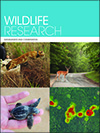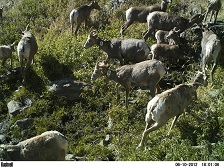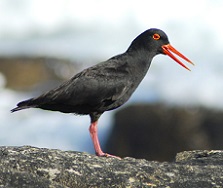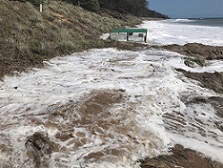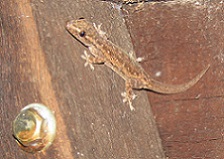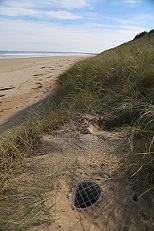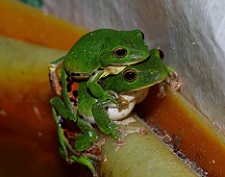
An efficient, reliable and robust system for alerting trappers to activated foot-hold traps has long been desired. Building on the existing Celium system, we developed a cable-less below-ground trap satellite-telecommunication based alert system for use with foot-hold traps. This tool has the potential to improve welfare outcomes for trapped animals and to increase the efficacy of trapping programs. Photograph by Heath Milne.


